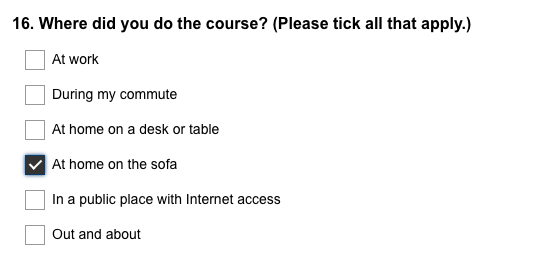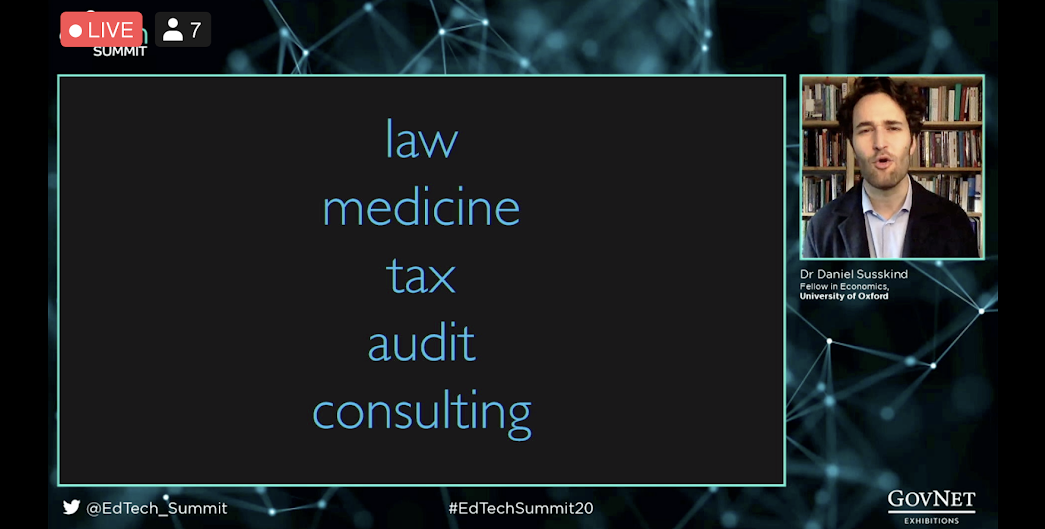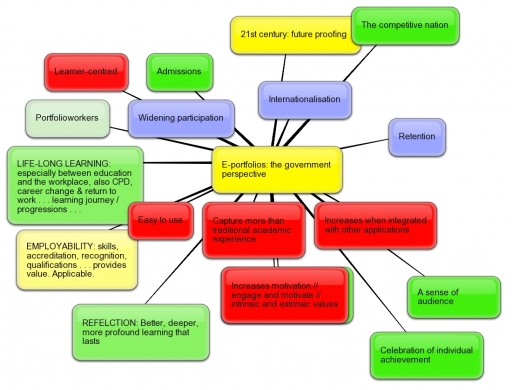This juggling image became a doodle on a pad of A3 to a Hanna and Barbera cartoon in my head.
Various deadlines approach; the various balls that I'm juggling I kick about, drop, pop in my pocket and kick out of field. Some are golf balls, others party balloons filled with helium, there's an unwelcome medicine ball and assorted brickbats.
Forget the balls.
Until I visualised them I had three monsters in the air: H808 Unit 10 Task, the H808 ECA and a job interview.
Everything has been screaming at me that the only item that matters, with its Tuesday evening deadline, is the job interview. Where I get things wrong in my head is how I prioritise jobs (or rather don't). For me the other two tasks are standing patiently in the queue and should be dealt with first. I'm managing outpatients in an ER and have a case of toothache, then a liver transplant who needs to be booked in while a young woman is giving birth at the end of the line 
Returning to juggling.
The Unit 10 Task is (was) an apple. It's danced around for a while, I've taken a few bites from it and dropped the core on the floor. If it gets any attention I'll respond, but for now it is done.
The H808 ECA has been in preparation since the course began. What might be the most burdensome task, collecting the evidence, is actually the least burdensome.
A) I have vast quantities of blogs, eportfolio assets and screen grabs.
I'll write on the basis that I can choose evidence as I would add a footnote or paste in a picture or attach a document - I don't need to look at hundreds of items, but rather I need to go and find the item(s) to support, rather than to initiate my thinking. What I visualised as a trunk packed with papers that I could barely lift over my head, I now see as papers pegged to a washing-line. I can go over and remove what I want when I wish.
B) The job interview brings together my work and experience as a swimming coach and swimming club volunteer and professional, along with all the hoops I've passed through and training that I have done.
It is complementary, though the swimming is irrelevant. It is the coaching of participants and development of fellow coaches that counts here, as well as having and being able to share a vision for the club that is the driver for the next five years. This is how and where I've been able to put what I learn into practice.
c) The job interview brings in everything I'm doing at the OU and everything I did over two decades before hand.
When I set out on the MA ODE in February 2010 (for the second time having started a version of it in 2001!) its purpose (like other professional development I've done) is/was to act as a bridge that would enable and justify a dialogue with potential clients ... or an employee. What I visualised as that nutter who juggles chainsaws I now see as a gift. What I don't know yet, is if this a gift that will be offered to me, or that in a game of Job Interview pass-the-parcel will be unwrapped by a.n.other.
Serendipity had me turning an hour of Cognitive Behavioural Therapy (I'd recommend it) into professional career development advice as the therapist I've been seeing for 18 months does both professionally.
I recorded that session and am working now on assembling events and experiences using S*T*A*R, as in:
- Situation
- Task
- Actions
- Results
Looking at examples of each matched to the job specification, many of which I drew out in MyStuff some months ago. (It let's you do this).
Coincidentally this of course relates to H808 'The E-Learning Professional' and the ECA as I'm being required to look at my where I stand in relation to personal development planning - how far I've come and how far I need and want to go with it.
Serendipty is the word that comes to mind.
To construct the ECA I've fallen back on a script development technique, even so far as thinking of it as a three act structure with a narrative storyline and characters (my fellow students no less). This is visualised as a kind of washing line, with some posts somewhat taller than others. The 'evidence' I liken to turning points in the script, key events or moments across the module.
It works for me.
Somewhat more complex that a six petalled flower as essay shape (See below) but a structure on which I can build all the same.
It went first into a scrapbook, then the journal I kept in September 1979 on as many sheets of lined sheets from a pad that I cared to fill. I filled an arch-lever file in four weeks so gave up on such nonsense and reverted to a simpler plan of writing a page of A4, around 500 words, per day, into a hardback notebook, for ever.



